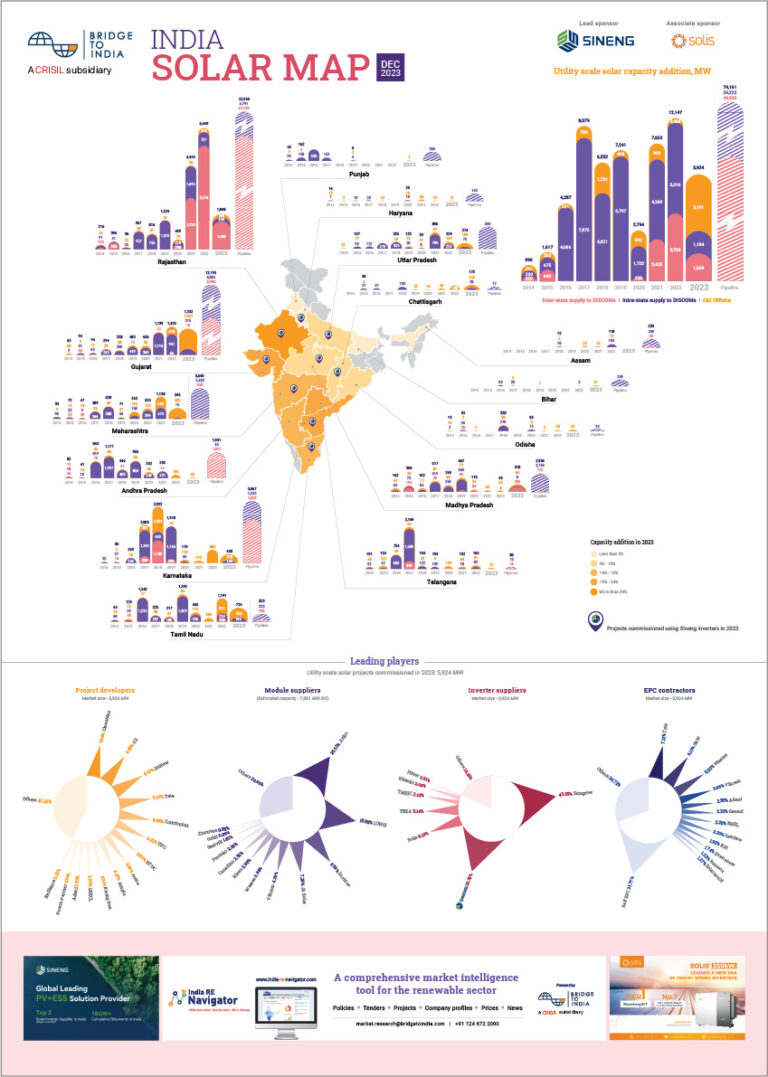CERC released a discussion paper for a redesign of ancillary services mechanism in India in September 2018. The paper has been issued in response to various shortcomings in the existing ancillary services mechanism, introduced in 2015, as also highlighted by the power system operator, Power System Operation Corporation (POSOCO).
Ancillary services are meant to relieve transmission congestion and minimise frequency fluctuations in the national grid. These services are generally provided by primary (response time of few seconds-5 minutes), secondary (30 seconds-15 minutes), fast tertiary (5-30 minutes) and slow tertiary (more than 15-60 minutes) reserves. India has a very limited ancillary services market with only the slow tertiary reserves being utilised at present. Maintenance of primary reserves is mandated by Indian Electricity Grid Code but seems far from being opened to market. A pilot project for secondary and fast tertiary reserves is currently underway and both services are expected to be opened to market shortly.
Other than the limited size and nature of the market, a major problem in efficient operation of the ancillary service market is that DISCOMs use these services mainly to meet their energy needs during peak hours as against for meeting unforeseen changes in supply of and demand for electricity.
Figure: Reasons for use of ancillary services, number of ancillary services instructions

Source: POSOCO
The ancillary services regulation predominantly utilises services provided by central thermal power generators, which have ramping limitations and are not fit to provide fast response services. It mandates provision of ancillary services in the form of regulation up (increase generation over and above scheduled generation) and regulation down (reduce generation below scheduled) services at the instruction of the system operator. A limiting factor is that power generators are eligible to provide only their unrequisitioned capacity i.e. capacity that has not been scheduled for dispatch, which is usually not available in required quantity at the required time. Such services are paid for at a pre-determined price — INR 0.50/ MWh for regulation-up service paid to service provider and 75% of variable charge paid by the service provider for regulation-down service.
The discussion paper proposes to do away with these restrictions through various progressive changes:
- Include inter- and intra-state power generators as well as RE generators within the ambit of ancillary services regulations;
- Shift to market-based pricing through uniform price auction;
- Co-clearance of day-ahead energy and day-ahead ancillary service bids i.e. minimise the joint cost of providing energy in the day-ahead market and ancillary services while determining market clearing price ;4
- Inclusion of non-synchronised reserves under the ambit of slow tertiary services;
Development of ancillary services market in India has been hindered by non-availability of adequate reserves and lack of appropriate financial incentives. Allowing RE generators and state power generators to participate is a welcome step. Moreover, successful implementation of gate closure concept, as recommended in another discussion paper by CERC on real time markets, is critical for all suppliers to participate. This concept would assist the system operator in grid balancing but may face resistance from DISCOMs as they frequently resort to revision of schedules close to real time to manage imbalances.
The discussion paper is a small but long-awaited step in moving to a market-based ancillary services framework. India needs an effective and deep ancillary services market to support growth of RE and new technologies such as energy storage. There is no clarity on the time-table but we hope that the proposed measures will be introduced before too long.












